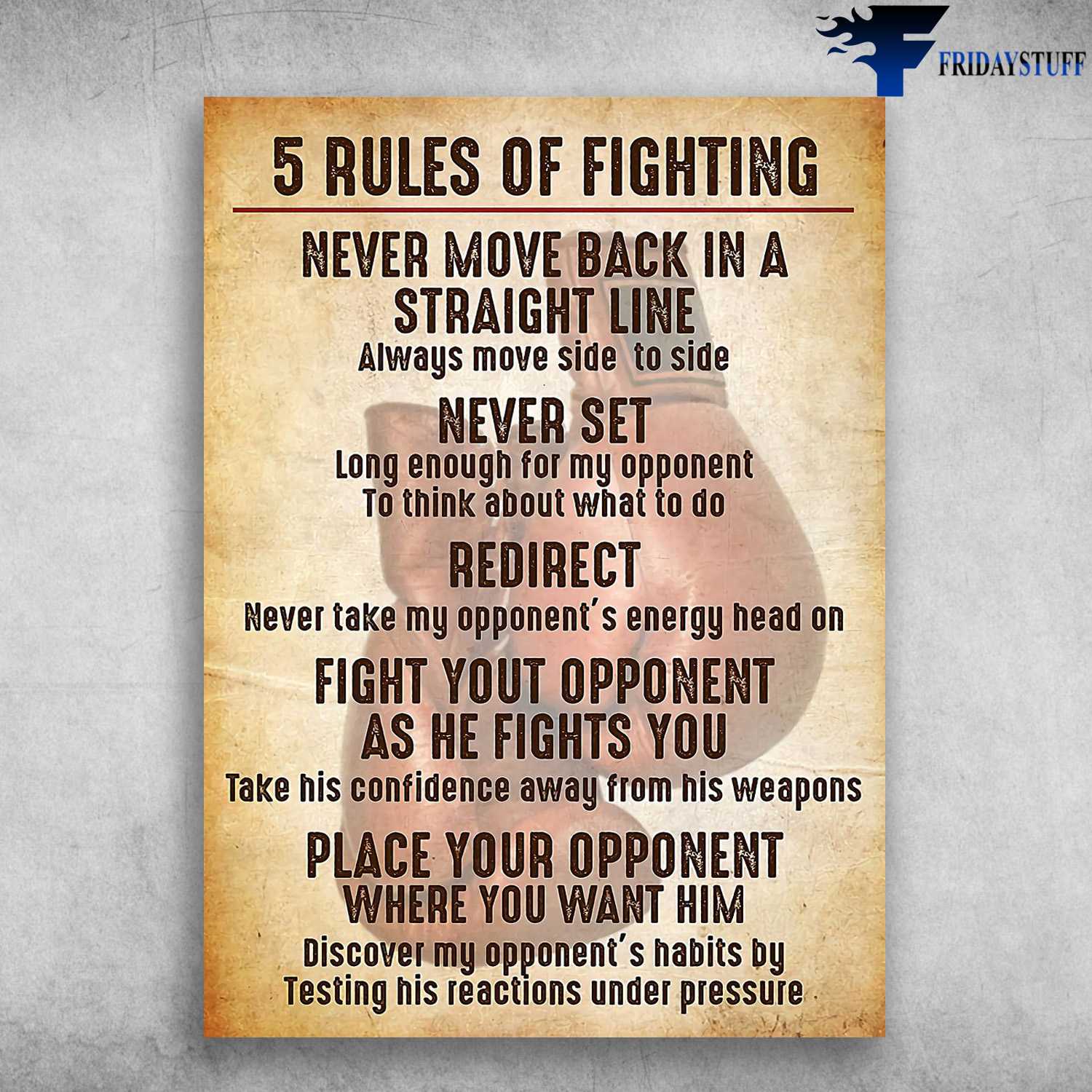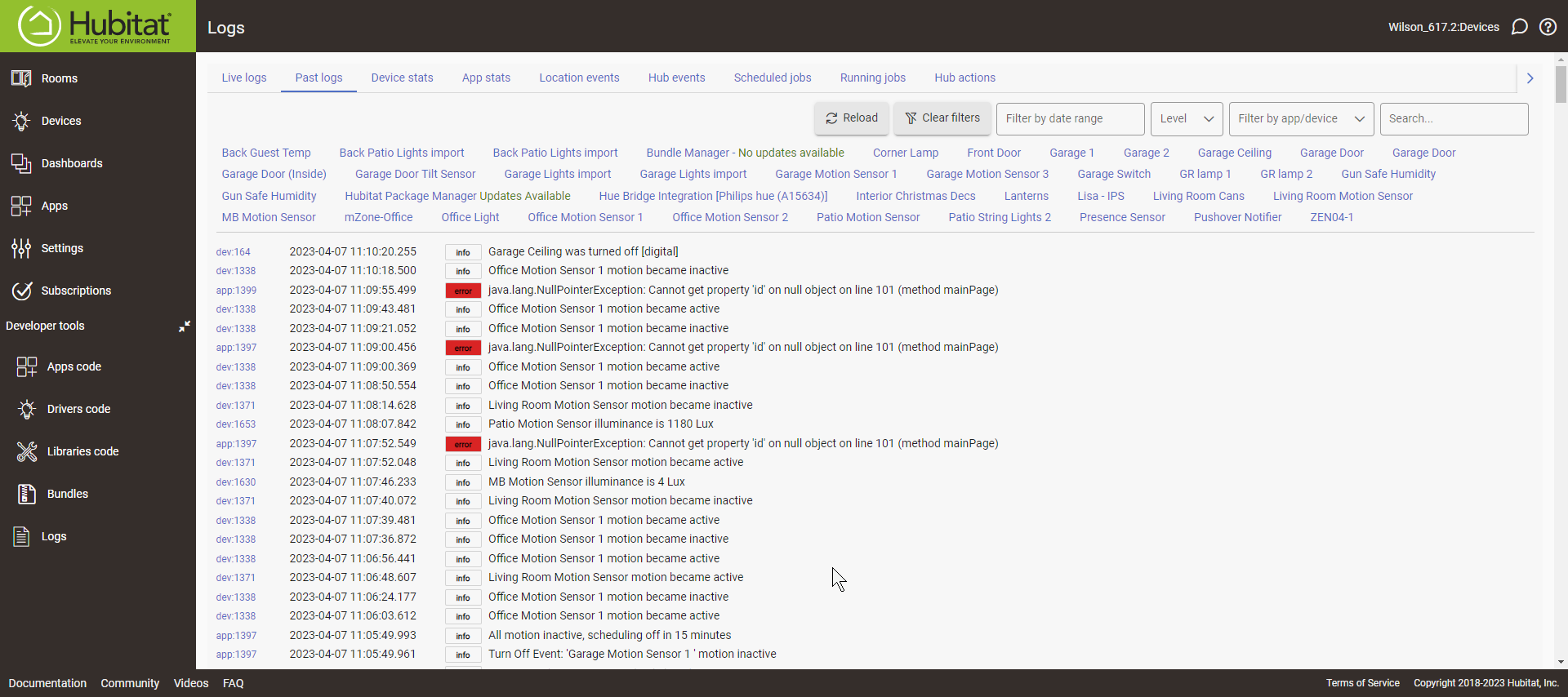Mastering Move Rules: A Comprehensive Guide To Understanding And Implementing Movement Regulations
Move rules play a critical role in various aspects of life, from chess strategies to logistics and beyond. Whether you're a chess enthusiast, a logistics professional, or someone interested in movement regulations, understanding these rules is essential. In this article, we will explore the intricacies of move rules, offering you a detailed and actionable guide.
Move rules are not just about chess or board games; they encompass a broader spectrum of movement-related regulations that impact industries, businesses, and even daily life. From transportation logistics to international trade, these rules shape how we move goods, services, and ideas across the globe.
This article aims to provide you with a comprehensive understanding of move rules, covering their definitions, applications, and implications. By the end, you'll have a clear grasp of how these rules work and how they can be applied effectively in various contexts.
Read also:Fergie Net Worth A Comprehensive Guide To Her Wealth Career And Achievements
Table of Contents
- What Are Move Rules?
- Importance of Move Rules
- Types of Move Rules
- Move Rules in Chess
- Move Rules in Logistics
- Legal Move Rules
- Implementing Move Rules
- Common Mistakes in Applying Move Rules
- Future of Move Rules
- Conclusion
What Are Move Rules?
Move rules refer to a set of guidelines or regulations that dictate how objects, people, or entities can move within a specific context. These rules can vary significantly depending on the domain they apply to. For instance, in chess, move rules determine how each piece can be moved across the board. In logistics, they govern the movement of goods from one location to another.
Understanding move rules is crucial because they provide structure and clarity, ensuring that movements are efficient, safe, and compliant with legal standards. Whether you're dealing with strategic games or complex supply chains, these rules are the backbone of successful operations.
Defining Move Rules in Different Contexts
Move rules can take on different forms depending on the context. In sports, they ensure fair play and competitiveness. In transportation, they facilitate smooth and safe travel. In business, they streamline operations and reduce costs. Each context has its own set of regulations that must be adhered to for optimal performance.
Importance of Move Rules
The importance of move rules cannot be overstated. They serve as the foundation for effective planning and execution in various fields. By establishing clear guidelines, move rules help prevent confusion, minimize errors, and enhance overall efficiency.
- Ensures consistency and reliability in operations.
- Reduces the risk of accidents and legal issues.
- Promotes fairness and transparency in competitive environments.
- Facilitates better resource allocation and management.
Impact on Daily Life
Beyond professional settings, move rules also impact daily life. For example, traffic rules are a form of move rules that govern how vehicles and pedestrians interact on the roads. These rules are essential for maintaining order and ensuring safety in our communities.
Types of Move Rules
Move rules come in various forms, each tailored to a specific domain. Below are some common types of move rules:
Read also:Discovering Kirstentoosweets Ed A Comprehensive Guide To Success And Inspiration
Game Move Rules
In board games and sports, move rules define how players can interact with the game environment. These rules ensure that the game is played fairly and competitively.
Logistics Move Rules
In logistics, move rules dictate how goods are transported, stored, and delivered. These rules are crucial for maintaining supply chain efficiency and customer satisfaction.
Legal Move Rules
Legal move rules govern how entities can operate within a legal framework. These rules ensure compliance with regulations and protect the rights of all parties involved.
Move Rules in Chess
Chess is a classic example of move rules in action. Each piece on the board has its own set of movement rules that players must follow. Understanding these rules is essential for developing effective strategies and winning the game.
Key chess move rules include:
- Pawns move forward one square but capture diagonally.
- Rooks move horizontally or vertically across the board.
- Bishops move diagonally across the board.
- Knights move in an "L" shape and can jump over other pieces.
- Queens can move in any direction, making them the most powerful piece.
- Kings move one square in any direction and must be protected from checks.
Strategic Implications of Chess Move Rules
Mastering chess move rules allows players to develop sophisticated strategies. By understanding the strengths and weaknesses of each piece, players can anticipate their opponent's moves and plan accordingly.
Move Rules in Logistics
In the world of logistics, move rules are critical for managing the flow of goods. These rules cover everything from packaging and labeling to transportation and delivery. By adhering to these rules, businesses can ensure that their products reach customers safely and on time.
Key logistics move rules include:
- Proper labeling of packages to ensure accurate delivery.
- Compliance with international shipping regulations.
- Optimization of routes to reduce costs and improve efficiency.
- Regular maintenance of vehicles to prevent breakdowns.
Challenges in Logistics Move Rules
Implementing logistics move rules can be challenging due to the complexity of global supply chains. Factors such as geopolitical tensions, natural disasters, and economic fluctuations can disrupt operations and require constant adaptation.
Legal Move Rules
Legal move rules are essential for ensuring compliance with laws and regulations. These rules cover a wide range of areas, including employment, contracts, and intellectual property. By following legal move rules, businesses can avoid costly lawsuits and reputational damage.
Key legal move rules include:
- Compliance with labor laws to protect employee rights.
- Adherence to contract terms to prevent disputes.
- Protection of intellectual property to safeguard innovations.
Enforcing Legal Move Rules
Enforcing legal move rules requires a combination of internal policies and external oversight. Businesses must establish clear guidelines for employees and partners while remaining vigilant for potential violations.
Implementing Move Rules
Successfully implementing move rules requires a systematic approach. Below are some steps to consider:
Step 1: Identify Relevant Move Rules
The first step is to identify which move rules apply to your specific situation. This may involve consulting industry standards, legal regulations, or game manuals.
Step 2: Develop a Plan
Once you've identified the relevant rules, develop a plan for implementing them. This plan should include training for employees, communication with stakeholders, and regular reviews to ensure compliance.
Step 3: Monitor and Adjust
Finally, monitor the implementation process and make adjustments as needed. This may involve revising policies, updating procedures, or seeking additional guidance from experts.
Common Mistakes in Applying Move Rules
Despite their importance, move rules are often misunderstood or misapplied. Below are some common mistakes to avoid:
- Ignoring the nuances of specific rules, leading to errors in execution.
- Failing to update rules as circumstances change, resulting in outdated practices.
- Overlooking the importance of communication, causing confusion among team members.
Avoiding Mistakes
To avoid these mistakes, it's essential to stay informed and proactive. Regular training sessions, policy reviews, and open communication channels can help ensure that move rules are applied correctly and consistently.
Future of Move Rules
As technology continues to evolve, the future of move rules looks promising. Advancements in artificial intelligence, automation, and data analytics are transforming how we approach movement regulations. These innovations offer new opportunities for improving efficiency, accuracy, and compliance.
Key trends in the future of move rules include:
- Increased use of AI to automate rule enforcement and decision-making.
- Integration of blockchain technology for secure and transparent transactions.
- Development of smart systems for real-time monitoring and adjustments.
Preparing for the Future
To prepare for the future of move rules, businesses and individuals must stay informed about emerging technologies and trends. This may involve investing in training programs, adopting new tools, and collaborating with industry leaders.
Conclusion
Move rules are an essential component of various domains, from chess strategies to logistics and legal frameworks. By understanding and implementing these rules effectively, you can enhance your operations, reduce risks, and achieve better outcomes.
We encourage you to take action by exploring the resources mentioned in this article and applying the knowledge gained to your specific context. Don't forget to share your thoughts and experiences in the comments section below. Together, we can continue to advance our understanding and application of move rules.
Article Recommendations


